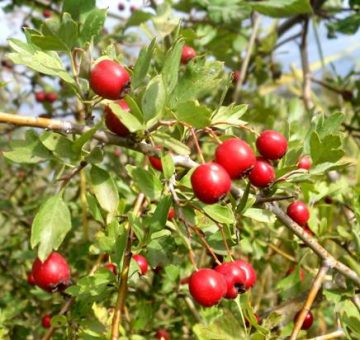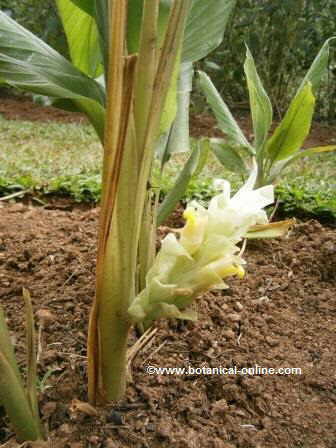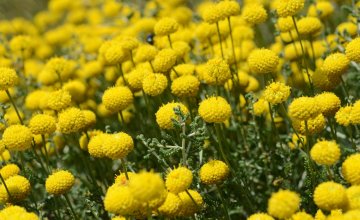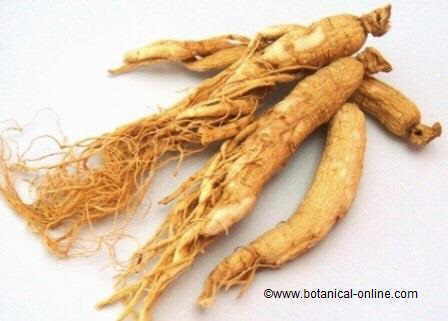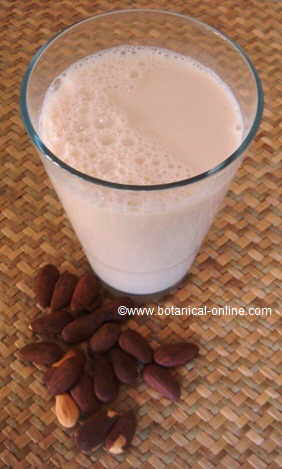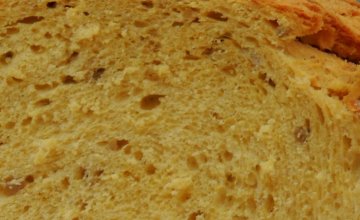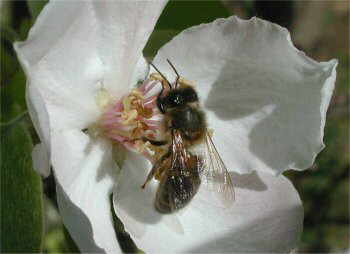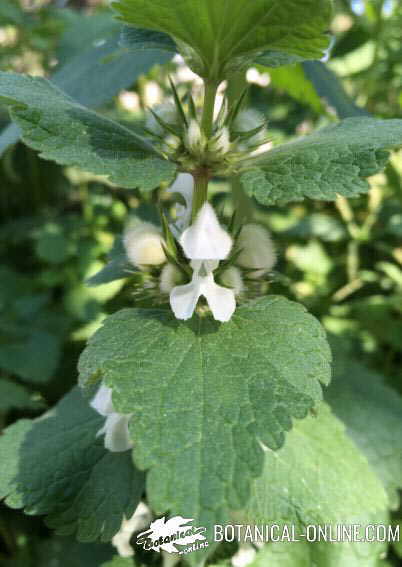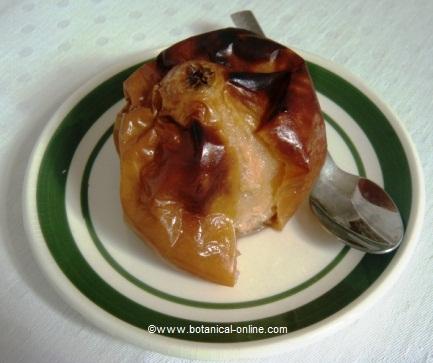Contents
What is a common hawthorn?
Characteristics of common hawthorn (Crataegus oxyacantha)
Common English name: Common hawthorn
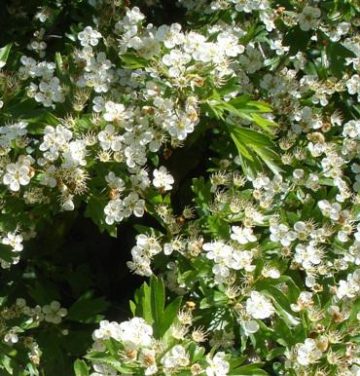
Scientific name:. Crataegus oxyacantha L. (= Crataegus laevigata (Poiret) DC.). The scientific name comes from Greek and and consists of the words kratos (= hard, because it is very hard wood), Oxus (= sharp) and akantha (= thorn)
Family. Rosaceae
Habitat: Where does common hawthorn grow?
Plant from the center of Europe, North Africa, North America and western Asia. It abounds in many species in the Himalayas and Europe extends to central and southern France and the UK without reaching the colder northern areas.
It can be found in the wild in the forest edge and widely cultivated to form impenetrable hedges in gardens or fences dividing the fields or to keep livestock inside. Commonly used in gardens as a shade tree and form rows of trees in the streets.
Common hawthorn description
- It’s a deciduous tree or shrub of the Rosaceae family of up to 10 m in height. Ribbed stems, gray bark.
- Lobed leaves with lobes shorter than in similar species Crataegus monogyna as they rarely reach the central nerve and have rounded ends, wide and long. It has fewer thorns than the latter species.

Common hawthorn fruits. Flowers with five white petals. It blooms from April to May.
- Berry fruits reddish deposit of up to 1.3 cm in diameter. Both species readily hybridize forming units with common characteristics.
Components of common hawthorn
- Oligomeric pycnogenoles or proanthocyanidins (1-3%): leucoanthocyanides, pycnogenol. With antioxidant properties. They are found in the leaves, flowers and fruits (they are responsible for the red color of the fruits)
- Amines: phenylethylamine, methoxyphenethylamine, tyramine (cardiotonic action), especially in fresh flowers.
- Flavonoids (1-2%): its composition varies depending on the part of the plant and the species (Crataegus spp.). The most abundant are hyperoside (especially in flowers), vitexin (vitexin-2-rhamnoside) and flavonic heterosides (mainly quercetol O-heterosides, hyperosides and, to a lesser extent, rutoside, sculoside, spiroside), etc.
Other components of common hawthorn
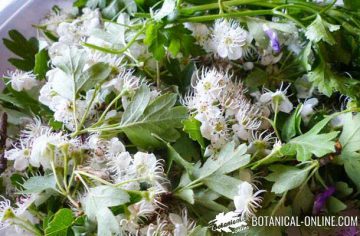
- Acids: acantolic, ascorbic, caffeic, chlorogenic, and uric crataegolic (leaves) lauric, linoleic, linolenic, oxalic, palmitic, tartaric (Fruits)
- Phytosterols: Beta sitosterol (Flowers)
- Minerals: aluminum, calcium, chromium, cobalt, iron, magnesium, manganese, phosphorus, potassium, selenium, silicon, sodium and zinc (Fruits)
- Fiber: Pectin (Leaves)
- Amygdalin (Leaves)
- Vitexin (Fruits)
- Purines: Adenine and adenosine (Leaves)
- Vitamins: Vitamin C, Choline, Niacin (Vitamin B3), Riboflavin (Vitamin B2) and Thiamin (Vitamin B1) (Fruits)
- Glucides: glucose, sucrose and sorbitol (fruit)
- Protein (Fruits)
What is common hawthorn used for?
Hawthorn is primarily used as a medicinal plant. Its leaves, fruits and flowers can also be used as food.
![]() More information on common hawthorn
More information on common hawthorn

